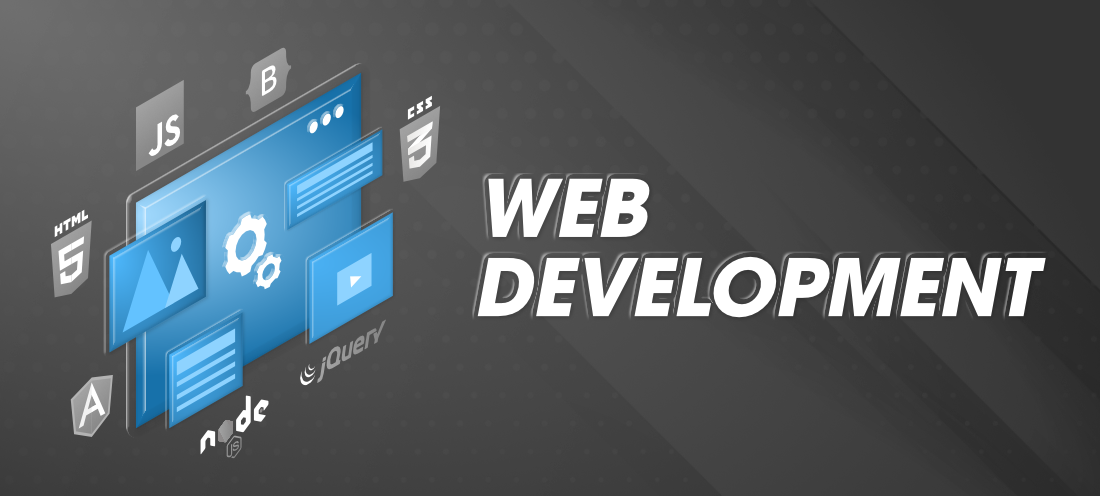8 Simple Techniques For Web Design & Development - Degree Finder - Lewis-Clark


Coolest 25+ Web Design Trends In 2021, that'll rock the world😎 - by ThemeSelection - Quick Code - Medium
The Basic Principles Of What is Web Design? The Ultimate Guide To Website Design
These automatically developed static sites ended up being more popular around 2015, with generators such as Jekyll and Adobe Muse. The advantages of a static website are that they were easier to host, as their server only required to serve fixed material, not perform server-side scripts. This required less server administration and had less possibility of exposing security holes.

Web Design - Office of Professional & Continuing Education - Auburn University Outreach
These benefit ended up being less essential as low-cost web hosting broadened to likewise provide vibrant features, and virtual servers used high performance for brief periods at low expense. Nearly all sites have some fixed material, as supporting possessions such as images and design sheets are normally fixed, even on a site with highly dynamic pages.
They generally extract their material from several back-end databases: some are database queries throughout a relational database to query a catalogue or to summarise numerical information, others may utilize a file database such as Mongo, DB or No, SQL to keep bigger units of material, such as post or wiki articles.
The 5-Second Trick For What can I do with a web design and development degree?

The skillset needed to establish vibrant websites is much broader than for a fixed pages, involving server-side and database coding as well as client-side interface design. Even medium-sized vibrant projects are thus nearly always a group effort. When More Details developed, they were normally coded straight in languages such as Perl, PHP or ASP.

10 Best Sites to Hire a Web Designer
This was a quicker means of development than coding in a purely procedural coding language such as Perl. Both of these techniques have now been supplanted for lots of websites by higher-level application-focused tools such as content management systems. These develop on top of general function coding platforms and assume that a site exists to offer content according to among a number of well recognised designs, such as a time-sequenced blog site, a thematic publication or news website, a wiki or a user online forum.
